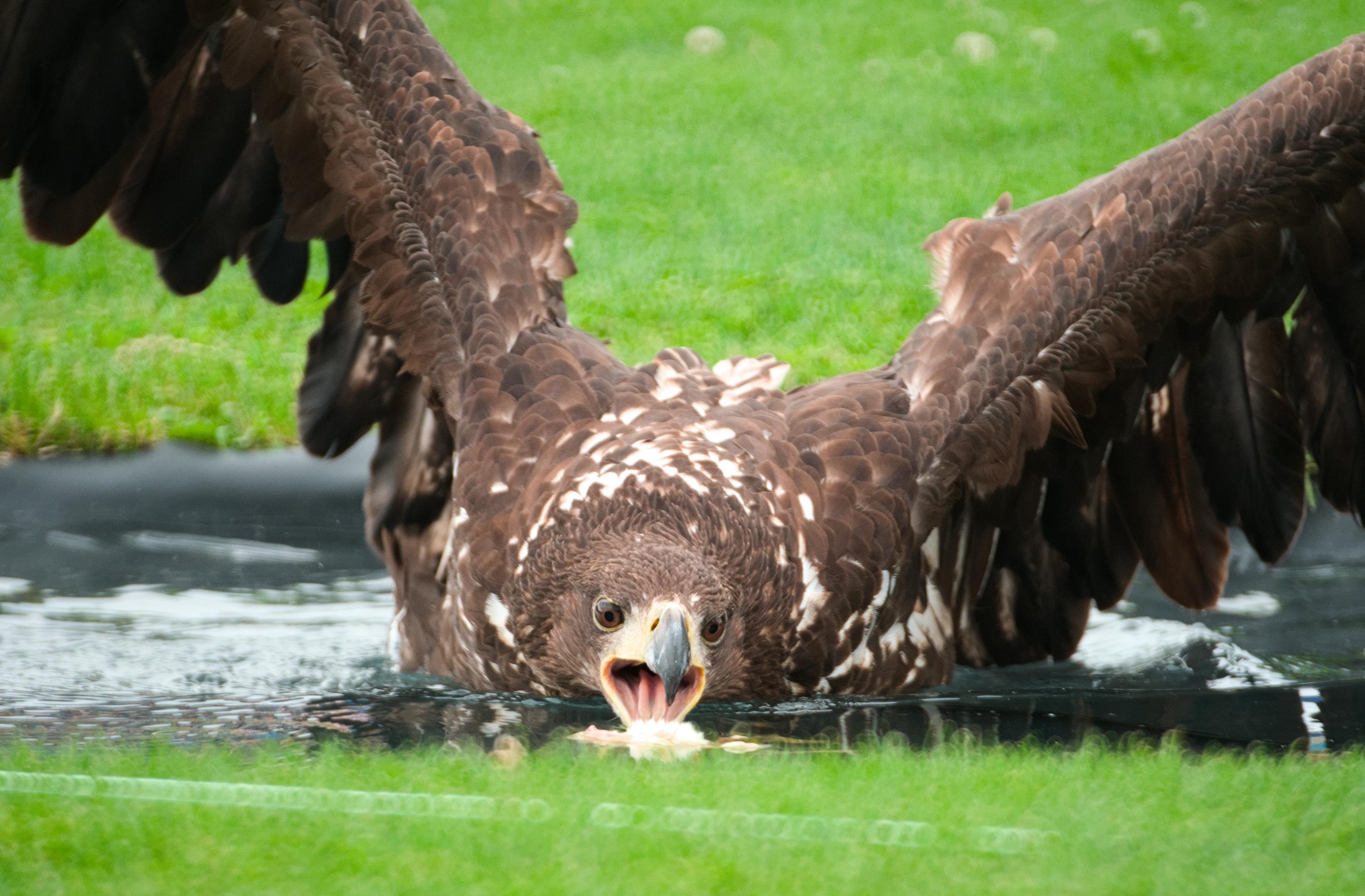That name was given to me by my mother. Sadly she died before I was born. :(
- 9 Posts
- 152 Comments
“But what if I maybe need this one function in this one programme in the next 35 years?”
Technically, the LLM is right.
I think we need to differentiate between the potential of something versus the reality of something. We see people being super secretive of innovations right now and because they’re patented they cannot even be reverse engineered. Innovations do die all of the time because the thing that is patented is a black box and even people who would reverse engineered it would get copyright trolled to hell.
My favourite example is spare parts for trains. Because the parts themselves are encumbered, it is illegal to repair trains yourself, thank you Siemens and Bombardier. Because if you get caught manufacturing spare parts, which are the intellectual property of someone else, you’ll get into big trouble. How exactly does this behaviour help with innovation?
Another example are video codecs. AV1 was specifically engineered to avoid any sort of patent trolling. How much better would AV1 be if all of that engineering time could have been spent on innovation instead of trying to avoid encumbrance?
Also in your example, if there was a small invention and Walmart would just copy it, would the small inventor really have the resources to pursue Walmart in court for years on end? Best example is Amazon. They steal innovations all of the time and because they’re doing it with small inventors, they face zero consequences because they do not have the resources to compete with a megacorporation.
But the biggest problem I have with patents is that it’s not even internally consistent with capitalism. Example being, capitalism says competition is an objective good, while a monopoly is an objective bad. So why grant an unlimited monopoly for something if competition is good? Because if people were competing, then everyone would try to make the best version of something.
I mean, the theory may be pretty neat from some perspective, but the reality is we get the worst of both worlds. Innovations get killed off because everything is super proprietary and reverse engineering is prohibited and megacorporations can do whatever they want because, well, it’s a free country. If you don’t like it, just sue the megacorporation for years on end and just maybe get recourse for their transgression.
Corporations will do whatever is most profitable for them. If the strategy to patent something and then copyright troll the world to hell and back is the most efficient thing, that will be done. If the strategy to make the best product possible and get the most customers possible is the most efficient thing, that will be done instead. This would be internally consistent with the ideology of capitalism. " Why should the big government intervene with the free innovation of the free market? Let the invisible hand guide the innovation and may the best innovation win."
Edit: Also about trains. Train companies with the resources repair them all of the time, luckily. Because try to piss off someone who holds the power to just annihilate hundreds of millions worth in contracts overnight if they wanted.
It’s wild to me that the only way to have a functioning computer nowadays is to exclusively use Libre software.
A computer, that fully saturates the CPU if you press the start menu button, is broken.
A computer, that refuses to start if the manufacturer doesn’t want it to, is broken.
A computer, that is glued together, is broken.
A computer, that disables previous functionality and sells it back to you, is broken.
The world of Windows and macOS is wild. These are big things. How do people accept them?
People thought that Richard Stallman had a substance filled nightmare, but apparently it was precognition.
If it were a misunderstanding, why do we always see a spike in innovation once a patent expires? According to capitalist ideology, isn’t competition the best that could happen, instead of having an unlimited monopoly for 20 years?
Luckily, the Soviet union treated homosexuals to a similar standard. /s
Haha, random sampling go brr. :)
It’s oozing brainrot juice, freshly pumped out from the LinkedIn cesspit.
Edit: also “high-performers” lol.
While I agree with you, most people don’t want to spend the time learning all of this. Furthermore, I had the luck of good financial education and I had to wade through a sea of rubbish just to get to the good bits. But as someone who’s new, how do you learn? That’s the problem. And even if they could learn, how are they going to start saving? Is the supermarket cashier just making ends meet by a hair’s length really going to start saving up thousands and thousands of quid just to be able to see some real returns? Don’t hate the player, hate the game. You have too little money to start making some real returns. And because you have no real returns, you need to work for menial tasks and menial money. And therefore, you cannot start saving up and make some real returns, the cycle is complete. What a nice system that we put our lives inside of.
In all honesty, my retirement plan is to go out with a bang in an act of left-wing extremist terror. We have seen way too little left-wing extremist terror in the past few years.

 5·14 days ago
5·14 days agoIt worked precisely because everyone just shut up and looked away. If in every city thousands of people were protesting in the streets, even peacefully, then what do you think would have happened? Is the Wehrmacht supposed to gun down everyone in the county until no-one is left? Modern China also works and is this hellscape because people stopped after the Tiananmen Square massacre. Fascists need to be opposed violently. They do not speak the same language as you or I do. They only understand one thing, power. Therefore, as the government is the combined power of the people, if the people reject the government violently, the government will fall. There will always be less soldiers than population in a country. What do you think would happen if, for example, even 10% of the Chinese population would revolt? What is the Chinese army going to do? Gun down 110 million? Not even the first world war has seen death rates as high as 10% of the population. People think: “Yes, fascism is bad, but if I fall behind on my payments this month, there may be negative consequences for me.” And this is exactly how it works. From a micro level like the Chinese social credit system, to a macro level. Yes, there will be consequences, but you know what’s worse than these consequences? Putting millions into concentration camps.
As historical context, the people of Germany and Austria fully supported what the Third Reich was doing. Reason being was their treatment after the First World War, the Austrian Empire was deliberately shattered while Germany was given the exclusive fault for the war, which is absurd because everyone wanted the war. The goal of the treaty was to reduce Germany and Austria to essentially failed states. The Nazi ideology is an ideology born out of pure hatred. A hatred an entire people felt, rightfully, but that has escalated into concentration camps just a few years after.
And as modern context, remember, concentration camps were the final solution. The first solution was mass deportations. If people deliberately reject history, they will fall into the same mistakes again.
Edit: typo. Also, after the Second World War, people finally learned the right lesson. Conflicts must be solved through dialogue and not through war. If you doubt that, look at the aftermath of the First World War.
I have the same addiction, but with voice actors.
No wonder ML text and image generators are so popular with large corporations.
Homophobia makes me so angry, that I want to beat my wives. /s
To add, they will literally show you everything and anything to just keep you hooked on the platform like on Heroin. Slowly but surely it will guide you into some sort of perverted radicalised worldview, No matter which end of the political spectrum. As long as you’re spending preferably the entire day on there and stay highly emotionalised throughout all of it. I think Instagram, TikTok, Twitter, Facebook and all other types of antisocial media like that are a genuine evil and a detriment to humanity.

 21·19 days ago
21·19 days agoThe emperor’s clothes are beautiful.
QbitTorrent is a libre bitTorrent software and just pair it up with mullvadVPN in a random country away from yours somewhere and you’ll be golden.
Edit: typo. Also, taking over a cargo ship forcefully is unnecessary if you just want to watch Disney+. Using bitTorrent is easier. /s
Has that ever helped with massive Windows botnets?






🇮🇱? /s